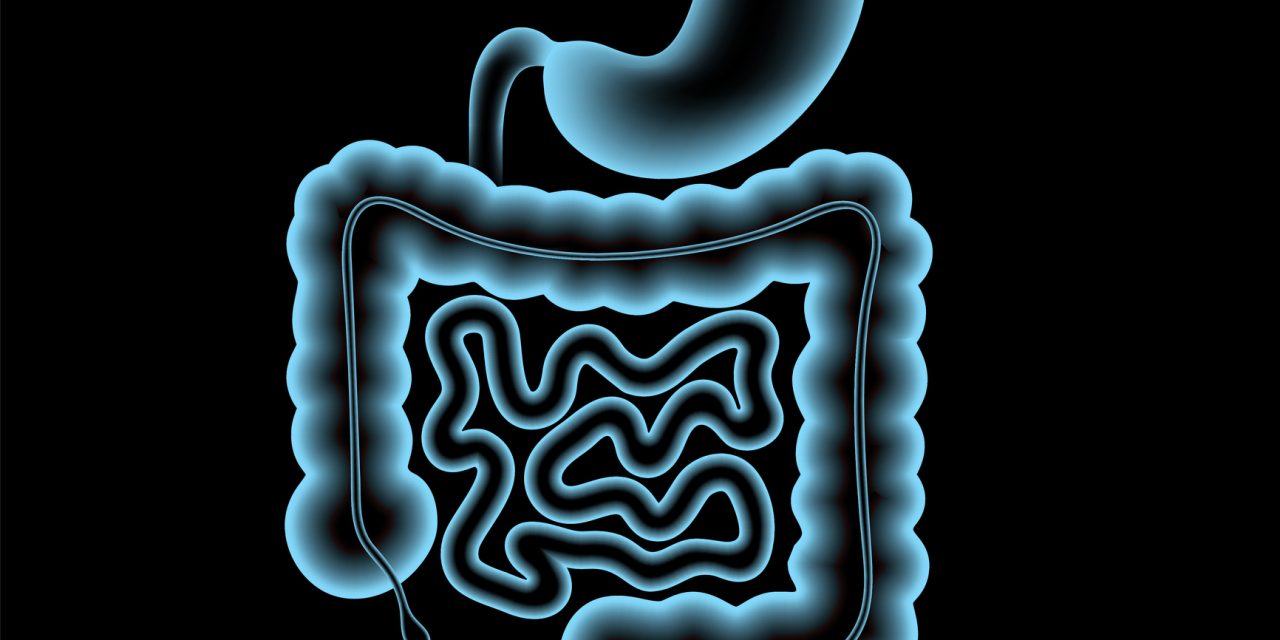Rectal prolapse is defined as a protrusion of the rectal mucosa past the anal sphincter. Although uncommon, it is more frequent among children under the age of four. Rectal prolapse and associated clinical features in children were last studied almost 30 years ago. Many medical breakthroughs have happened since then, which may affect our workup and therapy of this condition in youngsters. A chart review was done to examine the clinical features of rectal prolapse and its treatment. This was a retrospective descriptive analytic research that looked at children under the age of 18 who were diagnosed with rectal prolapse at a single tertiary care facility between 1999 and 2014.
The study looked at the onset of symptoms, demographics, aetiology, clinical features, and treatment. Rectal prolapse was detected in 158 individuals, with a mean age of onset of 3 years. Constipation was the most prevalent complaint, with straining coming in second. Constipation caused a change in stool consistency. Many individuals with idiopathic recurrent rectal prolapse experienced a social stressor or were reported as having atypical prolapse habits. Only four individuals were diagnosed with cystic fibrosis. Thirty-four individuals needed surgical intervention.


